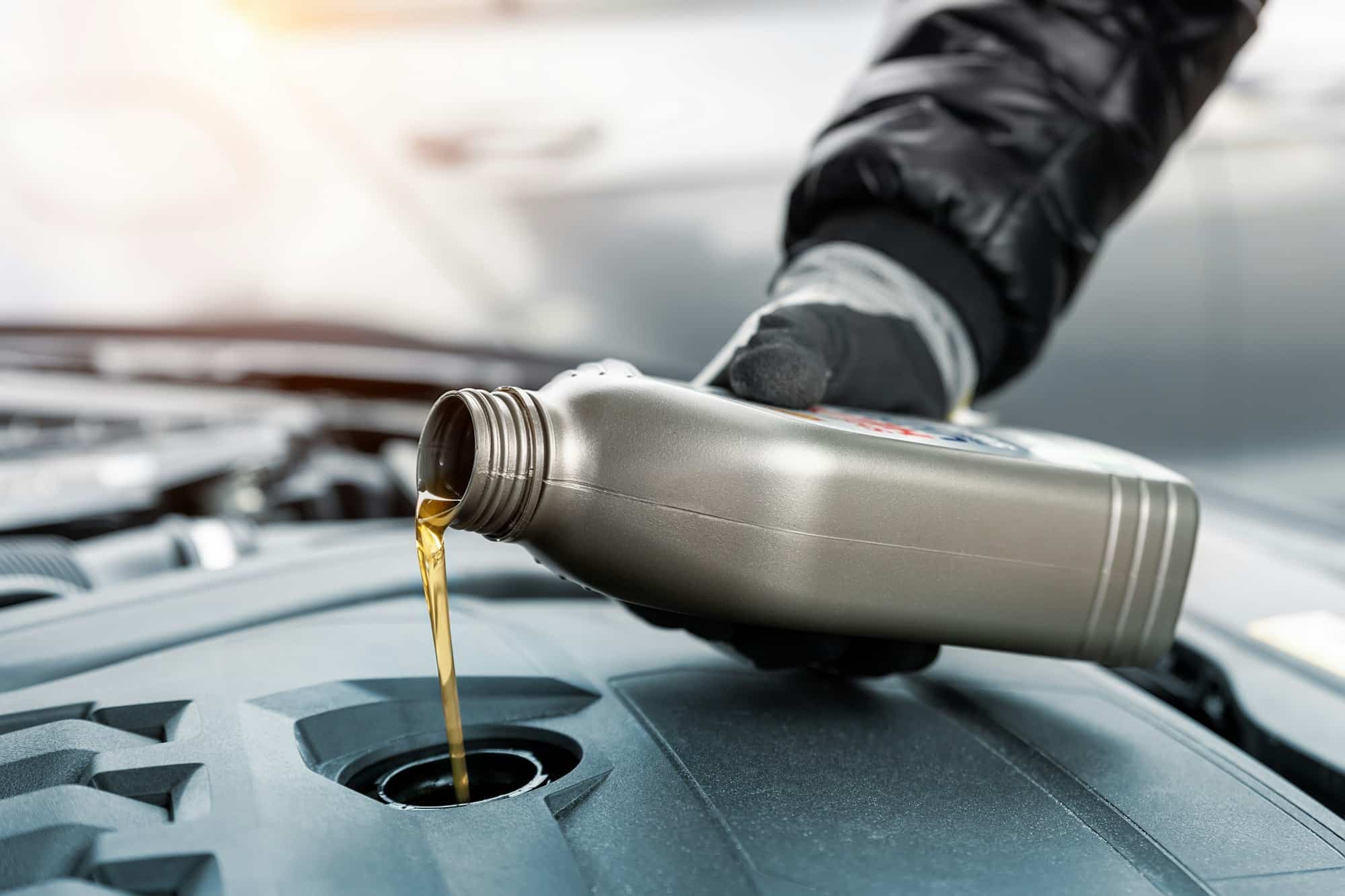If you’re a car enthusiast looking for ways to enhance the performance of your vehicle, you’ve probably come across the term ‘turbocharger.’ A turbocharger, or simply ‘turbo,’ is a device that increases an engine’s power output by forcing more air into the combustion chamber. This simple yet effective mechanism allows the engine to burn more fuel and generate more power. But installing a turbocharger isn’t like changing your engine oil or swapping out a battery. It requires a high degree of technical knowledge and precision. Here, we’ll guide you through the critical factors for safely installing a turbocharger in your UK car.
Understanding Turbochargers
Before diving into the process of installation, it’s crucial to understand how turbochargers work. A turbocharger is essentially a compressor driven by the car’s exhaust gas. The exhaust gases spin a turbine, which then drives the compressor. The compressor pressurises incoming air, which is then fed into the engine, increasing its power output.
Topic to read : How can you effectively reduce road noise in your UK car using aftermarket products?
Turbochargers can significantly boost a car’s horsepower without significantly increasing its weight. This is why they’re often used in sports and performance cars. However, installing a turbo isn’t something to take lightly. If not done correctly, it can lead to various engine problems, including overheating and excessive oil consumption.
The key components of a turbocharger include the turbine, compressor, and an oil line for lubrication. The turbine and compressor are connected and rotate together at high speed, often up to 150,000 revolutions per minute. The oil line provides necessary lubrication to keep these high-speed components running smoothly.
Also read : What steps are required to legally retrofit a backup camera into an older UK vehicle?
Choosing the Right Turbocharger
Not all turbochargers are created equal. There are many different types, each designed for a specific type of engine and performance goal. Picking the right turbocharger for your car is crucial to ensure optimum performance and prevent potential mechanical issues.
The size of the turbocharger is a significant factor. If you opt for a large turbo, it will deliver a high boost, but it may also lead to more lag, as it takes longer for the turbo to spool up. On the other hand, a smaller turbo will provide instant power but will struggle at high engine speeds.
The type of turbocharger is another essential factor. For instance, twin-turbo and bi-turbo systems use two turbochargers for better performance across the entire rev range. Variable geometry turbochargers, or VGTs, adjust their airflow according to the engine’s speed, offering efficient performance at both low and high speeds.
The Installation Process
Once you’ve chosen the right turbocharger, it’s time to install it. The installation process can be complex, so we recommend having it done by a professional or someone with mechanical experience.
The first step is to prepare your engine. It involves removing the exhaust manifold and installing an adapter plate. The turbocharger will be mounted onto this plate. It’s crucial to ensure the turbo sits correctly and that the exhaust gases can flow into the turbo without obstruction.
Next, you need to install the oil lines. The turbocharger will need a constant supply of oil to keep it lubricated and cool. So, you’ll need to tap into an oil line or install a new one. It’s essential to ensure the oil flow is consistent and at the right pressure: too little oil will lead to overheating and damage to the turbo, while too much can cause leaks and other problems.
Lastly, you’ll need to install a boost controller. This device allows you to adjust the turbo’s boost level and prevent over-boosting, which can damage the engine.
Tuning and Testing
After the turbo has been installed, the next step is tuning and testing. This involves adjusting and calibrating the engine’s fuel system to accommodate the increased airflow from the turbocharger. If the engine gets too much air and not enough fuel, it can lead to a condition known as "lean burn," which can damage the engine.
The tuning process can be complicated and should be done by a professional to ensure the best possible performance and reliability. This usually involves adjusting the car’s fuel injection system and possibly modifying the ignition timing.
Once tuning is complete, it’s essential to test the turbo and the car’s performance. This includes checking for any oil leaks, ensuring the turbo spools up correctly, and verifying that the boost controller is working correctly. Initial testing should be done at low speeds and gradually increased to allow the turbo and engine to adapt to each other.
Regular Maintenance
Just like any other part of your car, turbochargers require regular maintenance to stay in optimal condition. This includes regular oil changes, as dirty or degraded oil can damage the turbo’s sensitive components. Also, ensure to let the engine idle for a minute or two before turning it off, particularly after hard driving. This allows the turbo to cool down and prevent heat-soak, which can damage the turbo.
Careful attention to these critical factors will ensure the safe and successful installation of a turbocharger in your UK car. Remember, turbos can significantly enhance performance, but they also need care and attention to continue delivering that extra boost of power.
Keeping in Mind the Pitfalls
When it comes to turbocharging, a few common issues can cause trouble if not preemptively addressed. One of the most common issues is turbo lag, the delay in force induction that can occur after the accelerator is pressed. Turbo lag can be a significant problem, especially with larger turbochargers. Twin scroll turbochargers are often used to alleviate this problem, as they can provide optimal boost pressure with less lag.
Another potential issue is turbo failure, which can be caused by a variety of factors, including poor lubrication, contamination, excessive heat, and poor maintenance. The compressor wheel, an integral component of the turbocharger, rotates at incredibly high speeds and requires pristine conditions to function accurately. Any slight irregularity could lead to significant damage.
Moreover, it’s essential to be aware of the exhaust gases. These gases, driven by the exhaust gas, drive the turbocharger. Hence, any obstruction or problem with the exhaust system can adversely affect the turbo’s performance.
Exploring Turbo Technology Innovations and Melett Website
Technological advancements have brought various improvements and innovations in turbo technology. For example, variable geometry turbochargers and twin-turbo systems have been developed to provide efficient performance across all engine speeds.
The Melett website is a valuable resource for anyone interested in turbochargers. It offers a wealth of information about turbo technology, installation processes, and essential maintenance routines. The website is regularly updated, and orders picked from the site are usually resumed even after public holidays.
Joining a Location for Installation
With the complexity of installing a turbocharger, it’s recommended to join a location that specializes in such procedures. Professionals experienced in handling turbo engines can ensure the correct installation process and prevent potential issues that may arise from inexperience. Having a professional installer will close potential gaps in knowledge and application, providing a safer and more efficient installation.
Conclusion
In conclusion, installing a turbocharger in your UK car is not a task to be taken lightly. It requires a deep understanding of the turbocharger operation, picking the right turbocharger, careful installation, tuning and testing, and regular maintenance. Key concepts to remember from this article include forced induction, turbo lag, boost pressure, compressor wheel, and exhaust gases.
Additionally, it’s worth remembering that technology in this field is continually evolving. Websites like Melett will resume updates with the latest in turbo technology and provide valuable resources for understanding and maintaining your turbocharger.
Finally, be aware that installing a turbocharger is a complex task, and the help of a professional should be sought. This advice will help steer clear of potential issues like turbo failure. By following these guidelines, you can confidently install a turbocharger and enjoy the enhanced performance of your car.






